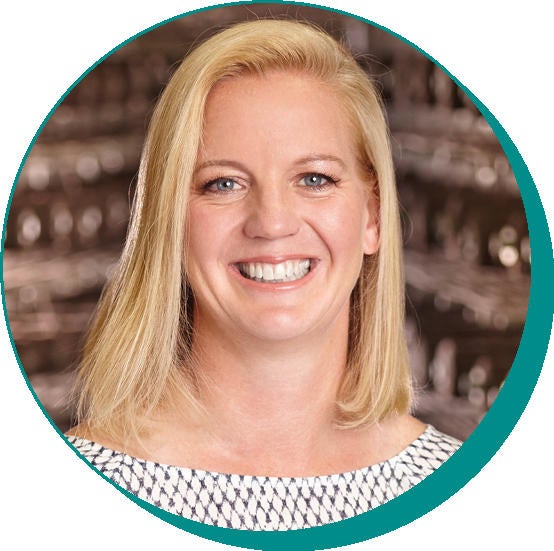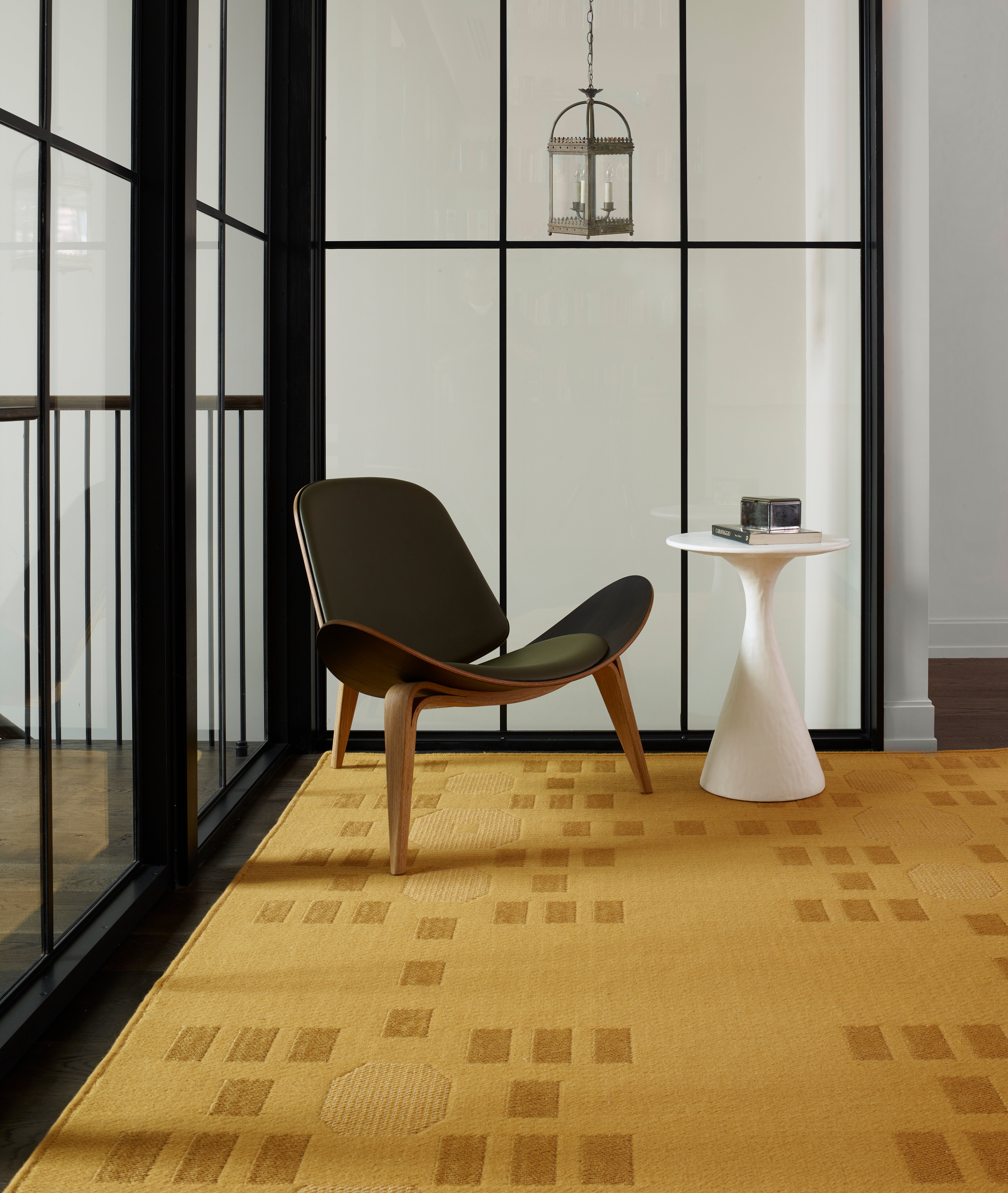When Catherine Connolly became CEO of Merida in 2007, she didn’t know that the Fall River, Massachusetts–based rug company was hurtling toward an identity crisis. Facing an unsustainable retail landscape in the wake of the Great Recession, Connolly made a not-so-popular decision to pull the brand out of retail entirely—a move that ended up paying off big-time.
After the crash, when more than half of our 6,000 retailers had gone out of business and the remaining dealers were all struggling, we realized that we had a problem. In addition to distribution challenges, our primary brand values—natural ingredients, craftsmanship and treating people well—were under attack as more product was being imported from China. I understood that dealers were trying to survive by growing their business any way they could, but also realized that it was going to be difficult for our business.


BOH subscribers and BOH Insiders.










































